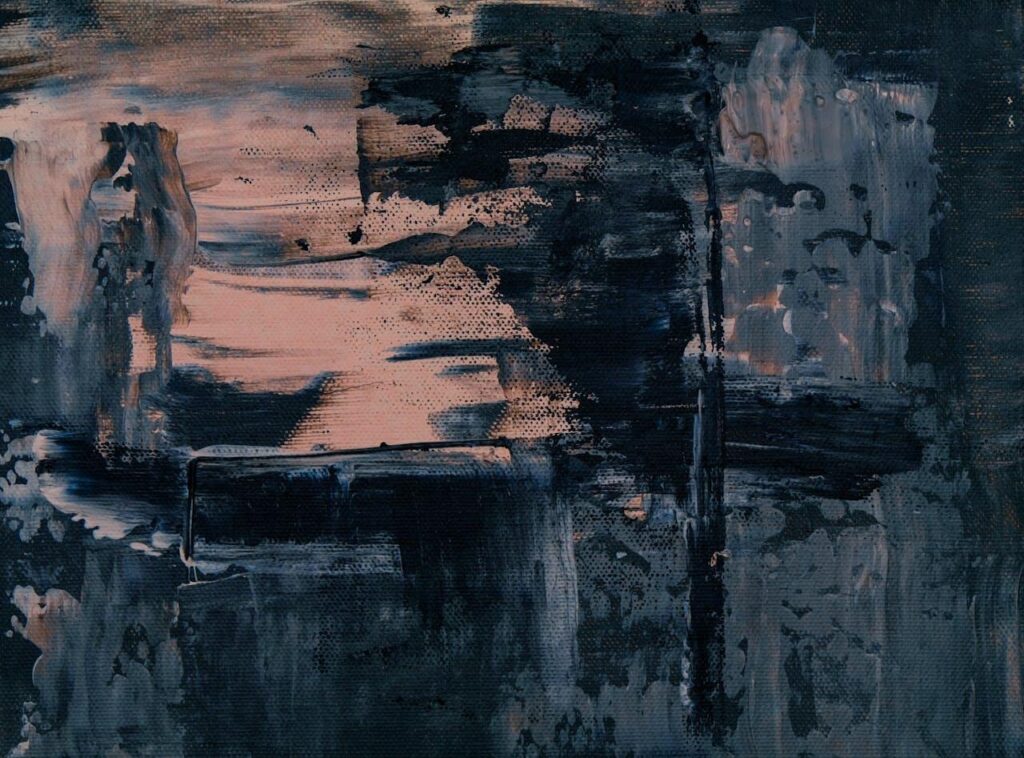Defining Contemporary Art in a Changing World
Contemporary art, by its very nature, resists a singular definition. Unlike movements with clear stylistic boundaries, it is fluid, ever-changing, and deeply connected to the present moment. Encompassing a vast range of mediums, themes, and conceptual approaches, contemporary art reflects the complexities of today’s globalized world. From political activism to digital experimentation, artists continue to push boundaries, challenging the ways we engage with art in an increasingly interconnected society.
More than just a reflection of the present, contemporary art also serves as a critical dialogue between history and innovation. While some artists draw upon traditional techniques, others embrace new technologies, blending disciplines and redefining artistic production. Whether through painting, sculpture, video art, or immersive installations, contemporary artists question established narratives, creating works that provoke thought and invite interpretation.
Materiality and Concept: The Expanding Language of Art
One of the defining characteristics of contemporary art is its freedom of materiality. Artists today are not confined by traditional forms but instead explore diverse materials—both physical and digital—to express their ideas. Textiles, found objects, artificial intelligence, and even virtual reality have become part of the contemporary artist’s vocabulary, allowing for an expanded approach to storytelling and engagement.
The balance between material and concept has also evolved. While form remains important, the conceptual foundation of a work often takes precedence. Artists such as Danh Vo, Theaster Gates, and Doris Salcedo utilize materials with deep historical or sociopolitical significance, embedding meaning into their physical structures. This interplay between material and idea results in works that are not only visually compelling but also intellectually and emotionally resonant.
The Role of Identity and Cultural Discourse
Contemporary art is inherently tied to issues of identity, culture, and representation. As discussions surrounding race, gender, migration, and postcolonialism continue to shape public discourse, artists respond by creating works that challenge dominant perspectives and give voice to underrepresented communities.
This engagement with identity is evident in the work of artists such as Kerry James Marshall, Zanele Muholi, and Njideka Akunyili Crosby, who examine personal and collective histories through their visual narratives. By integrating elements of autobiography, cultural symbolism, and historical reference, their work opens new conversations about visibility and agency within the art world. Similarly, Xavier Daniels’ art contributes to this evolving dialogue, exploring themes of identity and experience through a distinct contemporary lens. His approach reflects a broader movement within contemporary art—one that prioritizes diverse voices and perspectives in shaping our cultural landscape.
Technology and the Digital Frontier
In the 21st century, technology has become both a tool and a subject in contemporary art. The rise of digital media, artificial intelligence, and blockchain technologies has revolutionized the way artists create and distribute their work. NFTs (non-fungible tokens) and digital platforms have challenged traditional notions of ownership and curation, expanding the accessibility of art beyond galleries and institutions.
Artists like Refik Anadol, Hito Steyerl, and Ian Cheng integrate digital technologies into their practice, questioning the relationship between humans and machines. Their work pushes the boundaries of visual experience, often incorporating data-driven aesthetics, generative algorithms, and interactive elements to engage audiences in entirely new ways. As technology continues to evolve, contemporary art remains at the forefront of experimentation, redefining how art is experienced in both physical and virtual spaces.
The Impact of Globalization on Contemporary Art
Globalization has reshaped contemporary art, expanding its reach beyond traditional cultural centers and creating a more interconnected artistic dialogue. Today, artists engage with themes that transcend national and regional boundaries, responding to issues such as migration, technology, and social transformation. This shift has allowed for new perspectives to emerge, reflecting the complex identities and lived experiences of a globalized world.
As contemporary art embraces these expanded narratives, artists like Xavier Daniels bring fresh perspectives that challenge conventional boundaries of representation. Xavier Daniels’ art, for example, explores themes of identity, cultural heritage, and the dynamic intersections between personal and collective experiences. His work contributes to the evolving conversation around contemporary art’s role in shaping and reflecting the realities of modern life. By integrating bold visual language with compelling subject matter, Daniels’ practice underscores the movement’s adaptability and its ability to engage with diverse audiences worldwide.
The Future of Contemporary Art
As contemporary art moves forward, its fluidity and adaptability ensure that it remains relevant and thought-provoking. The ever-growing intersection between art, activism, and environmental consciousness signals a shift in artistic priorities. Many artists are now working with sustainable materials, addressing climate change, and challenging the structures of power and capitalism within the art market itself.
Meanwhile, the expansion of global art hubs outside of traditional Western centers—such as Lagos, São Paulo, and Seoul—demonstrates that contemporary art is no longer dictated by a singular geographic or cultural narrative. This decentralization allows for richer and more diverse artistic dialogues, ensuring that contemporary art remains dynamic and reflective of the world we live in.
Ultimately, contemporary art is not just about aesthetics or theory—it is about engagement, transformation, and the exploration of what it means to create in the present moment. Whether through traditional mediums or cutting-edge technology, contemporary artists continue to redefine artistic expression, ensuring that art remains a vital force in shaping our cultural and intellectual landscapes.


